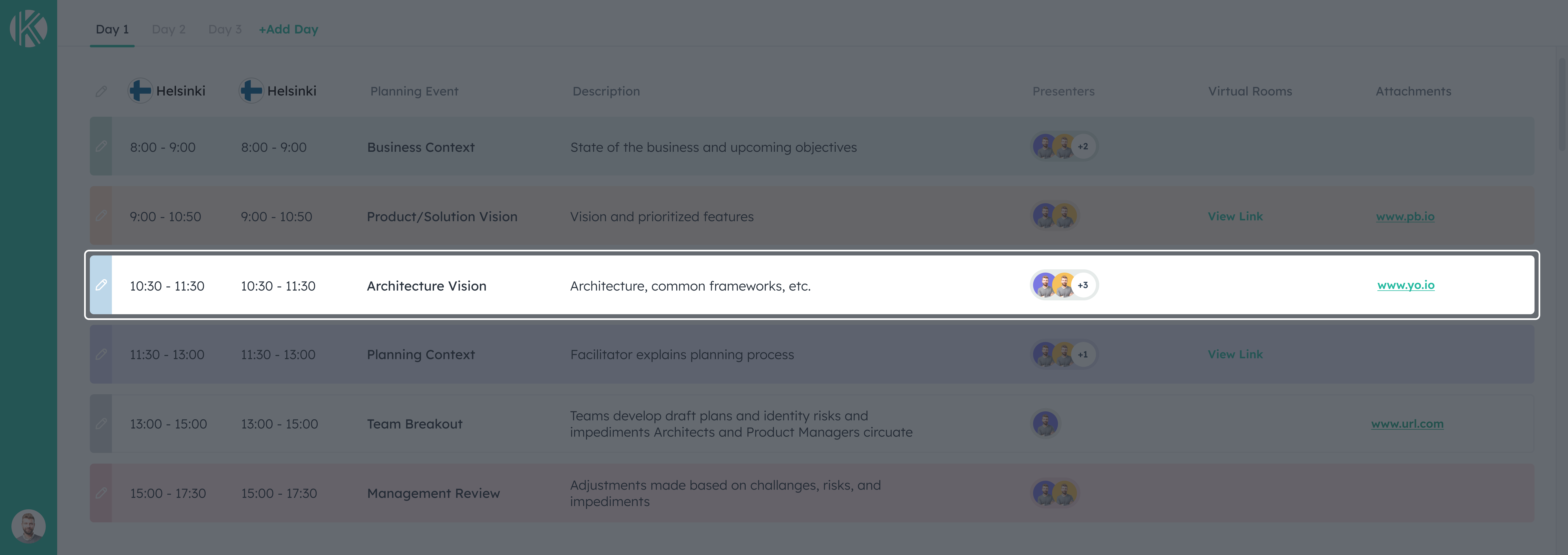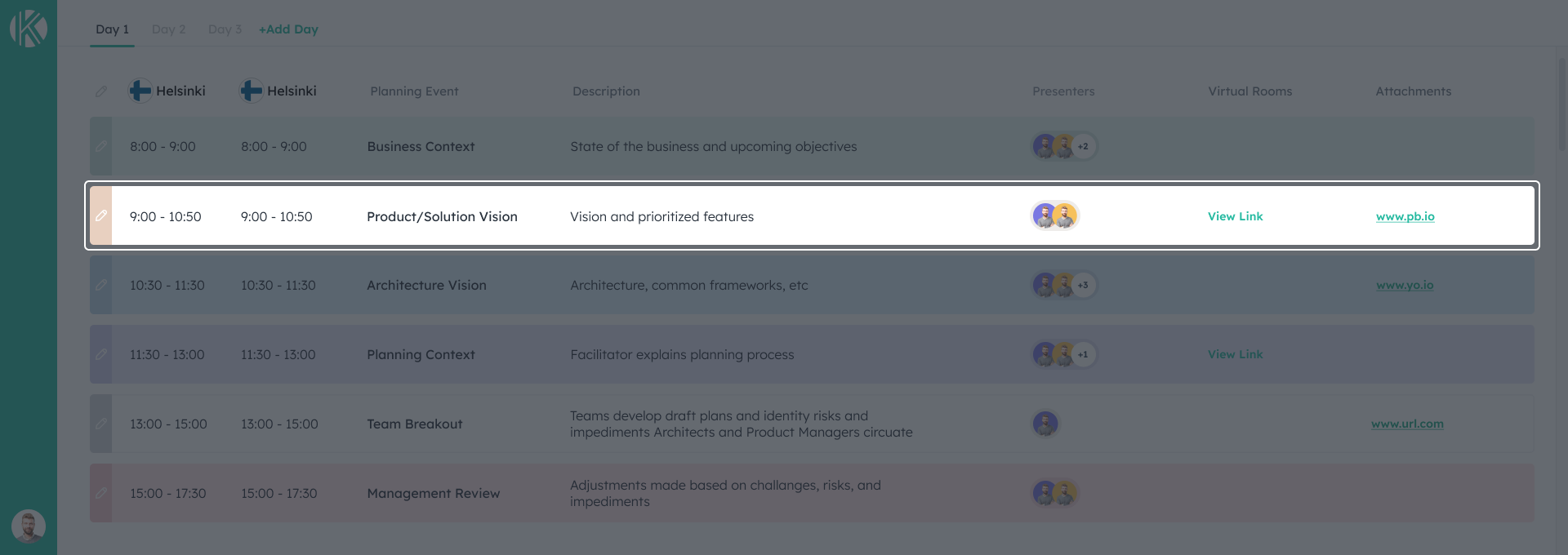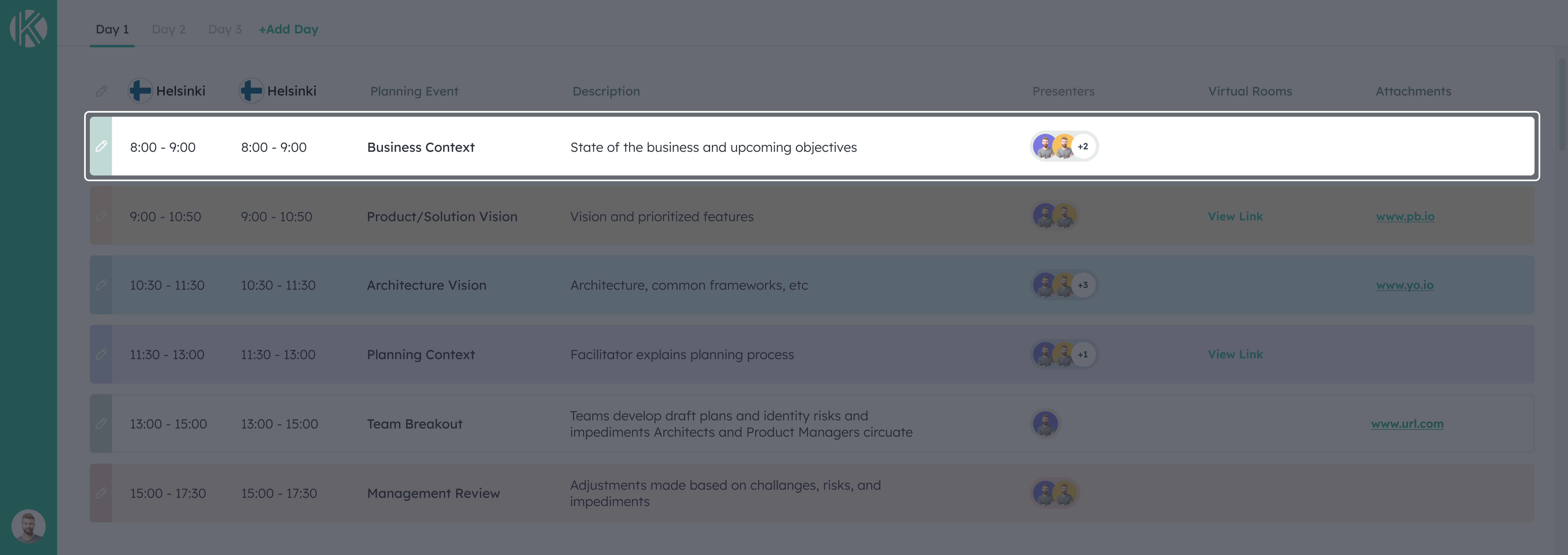SAFe presents a very organized and disciplined approach for organizations to accomplish their goals in order to produce the highest quality product in the shortest sustainable amount of time. But implementing this framework can be very time taking and difficult. Especially the Solution Level which is slowly being incorporated by organizations.
It is definitely not an easy feat. A lot of hardships have to be dealt with when creating a large scale solution. In this article we shall shed light on the troubles and challenges that organizations have to go through in order to fully implement the Solution Level.
1. Un-established Way of Working
The people involved at the Solution Level tend to be managers or directors of companies. When comparing with the Program Level or Team Level, there isn’t really a common “way of working” defined for the Solution Level. This is where organizations usually make a mistake of steering away from following the true Agile Culture and instead stay true to their organizational structure which alters the overall culture of the organization. Moreover, the budgets are normally separated among individuals so these budget holders have their own selfish agenda that affects prioritization of what needs to be done first.
2. Creating an Own Way of Identifying Dependencies Between Agile Release Trains
When you are working on a complex product where multiple Agile Release Trains are involved, dependencies are bound to exist. And if not dealt with properly, it is going to become a huge mess in aligning and managing those dependencies. Although having Pre and Post Planning is a healthy exercise for identifying risks and dependencies but that does not suffice.
Big organizations tend to be drowned in various Excel sheets as a way of tracking dependencies but this solution further complicates the situation. It makes the process of managing dependencies an extremely arduous task as you cannot picture them because there is no board to constantly update or information to be guided by, especially when you are dealing with Epics and capabilities. Dependencies need to be clearly identified and if they are not, it can lead to a lot of wasteful work. This will cause grave problems as blockers inevitably emerge for teams and hinder them from accomplishing any valuable work.
3. Being Unable to Prepare for the Solution Train
Planning for the Solution Train is a huge challenge for organizations. You need to think at least 2 quarters ahead because the Capabilities will need to be defined and ready for the Release train so that they can be further refined into the features that will eventually become ready for PI Planning. You also need to be mindful of the timelines as it is very easy to miss them that will upset the upcoming processes of refinement and coordination.
4. Creation of Waste
Regardless of how perfectly aligned your teams are and how well aware they are of the vision, without a clear understanding of content on the Solution Level, bottlenecks can be created. Sparse knowledge of the epics and capabilities and roles or contributions of the shared services, can lead to a lot of waste and eventually will become harmful when it starts to block the other teams from achieving their full potential. Oftentimes the development will remain stagnant for months which block the dependent teams from achieving anything as a result.
The Solution
It is evident that every organization wishes to have proper coordination and synchronization in real time. The Management, Solution Train Engineers and Stakeholders, all need insight into their particular projects’ progress without having to attend multiple Release Train syncs. Kendis is paving the way by revolutionizing how Solution Trains are meant to be managed. It happens to be the only tool present that will easily fulfill all of these requirements. It has a Digital Solution Board which is capable of seamlessly handling all of your requirements that are mentioned below with utmost ease:
- Show Dependencies between Release Trains
- Manage Epics and Capabilities
- The Capacity of Shared Services
- Vendor Timelines
- Solution Objectives and how they “Roll down” into the Release Trains
- Risks and Impediments for all Release Trains
- Generate Reports with useful and precise Analytics










